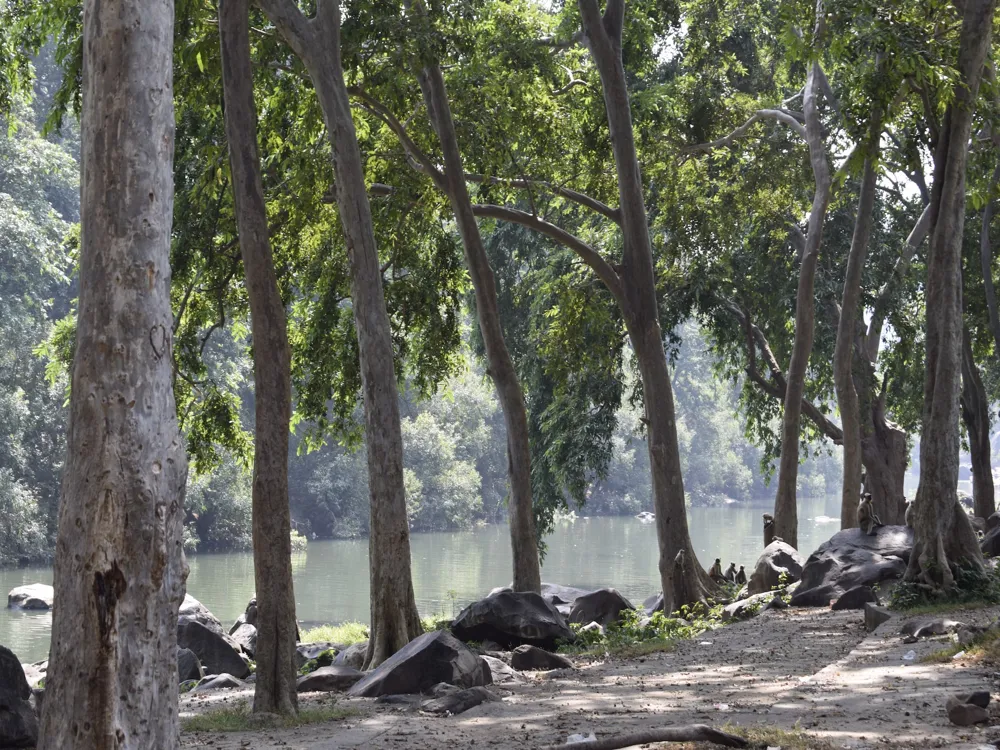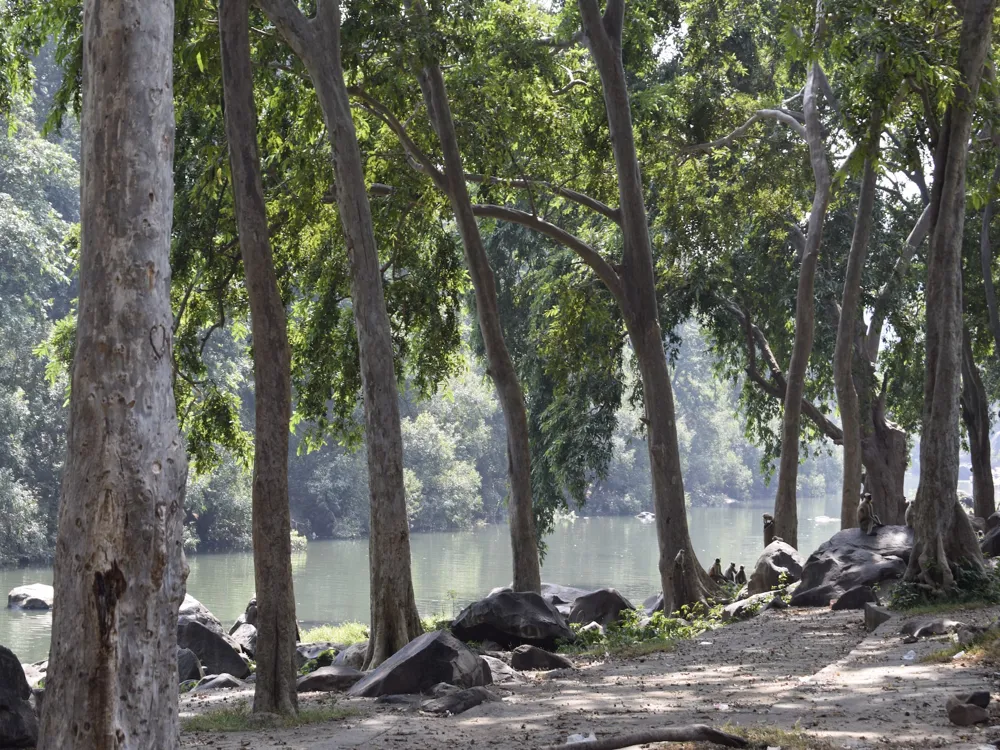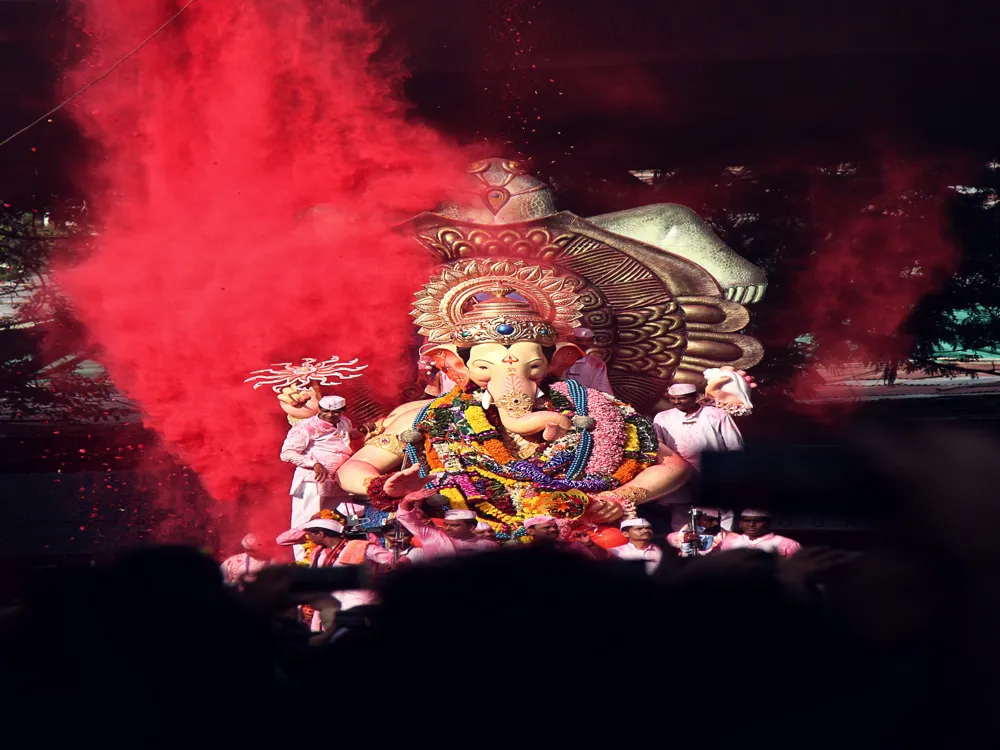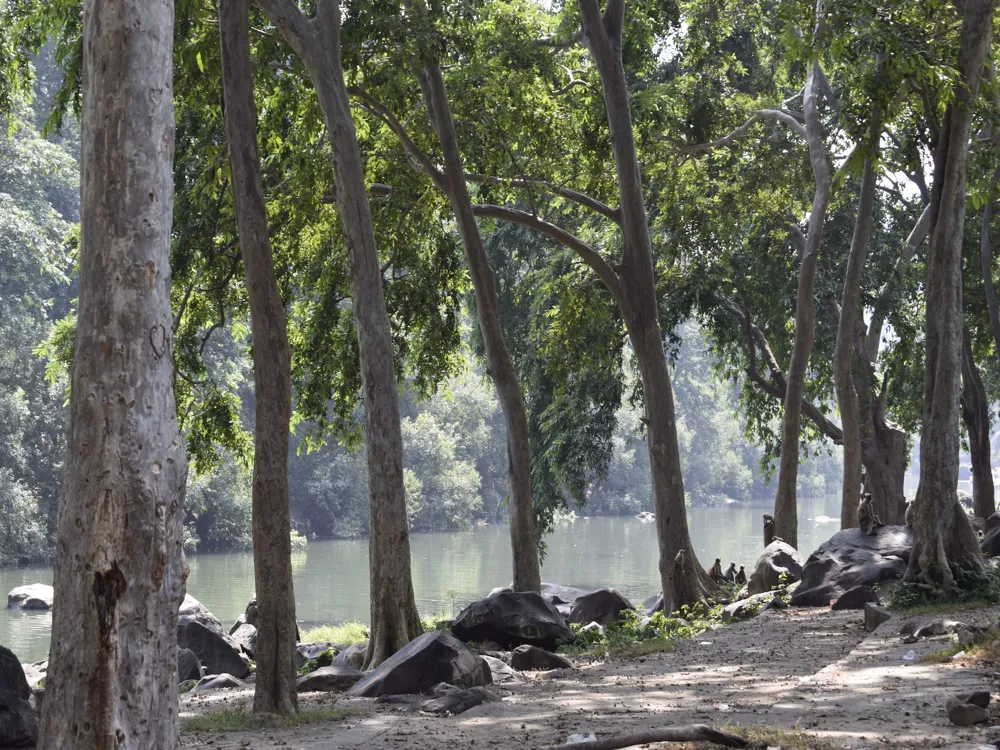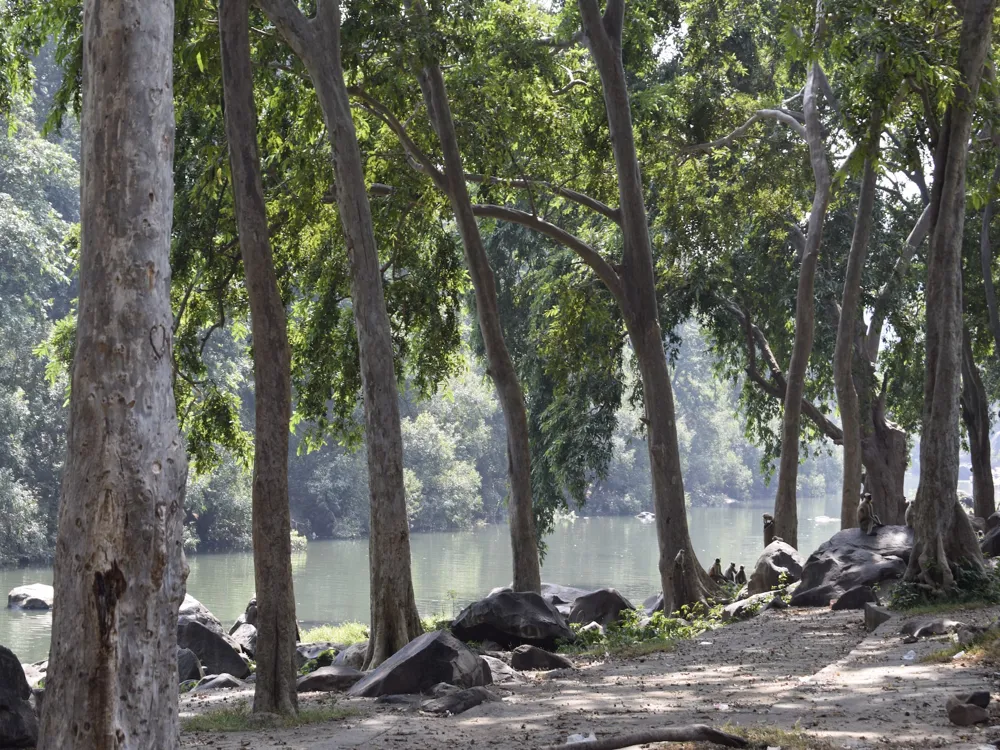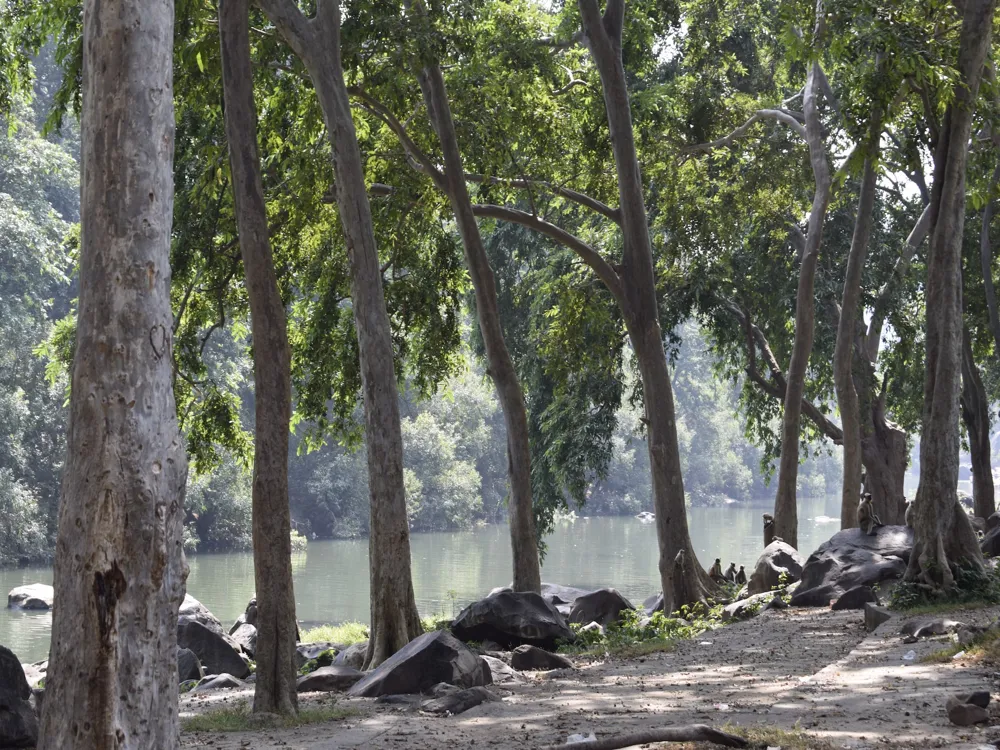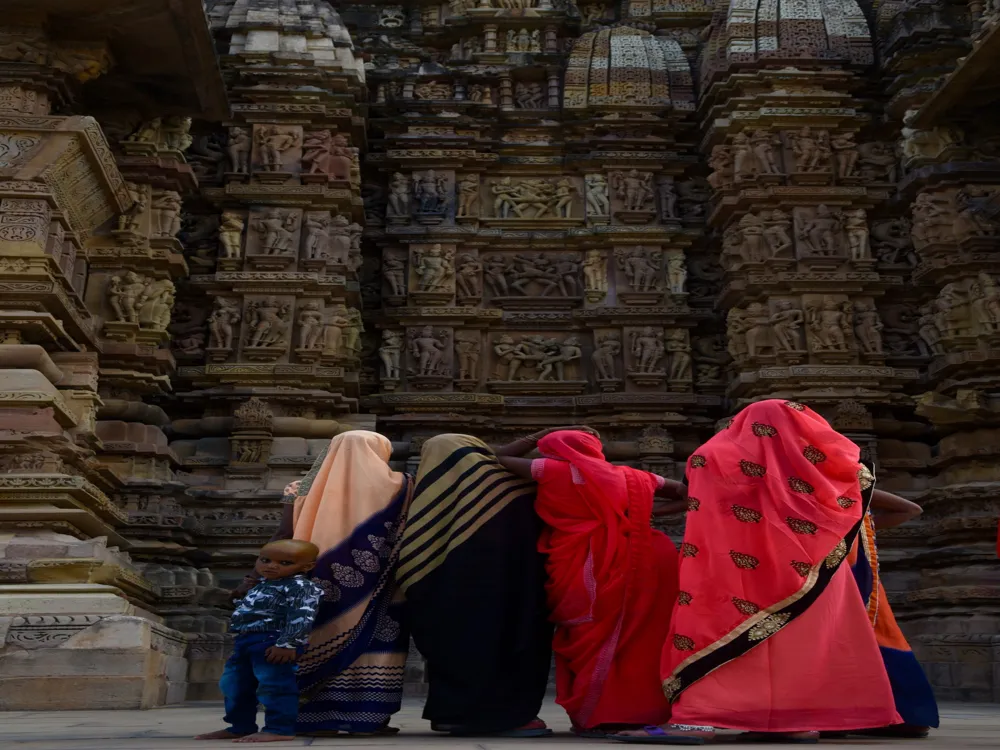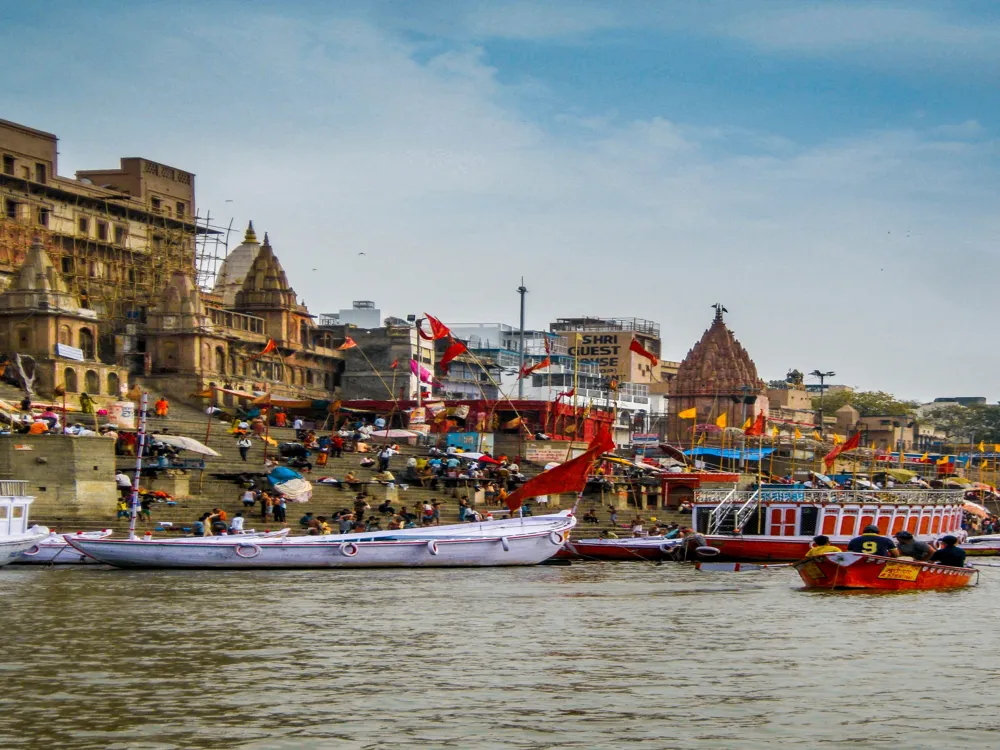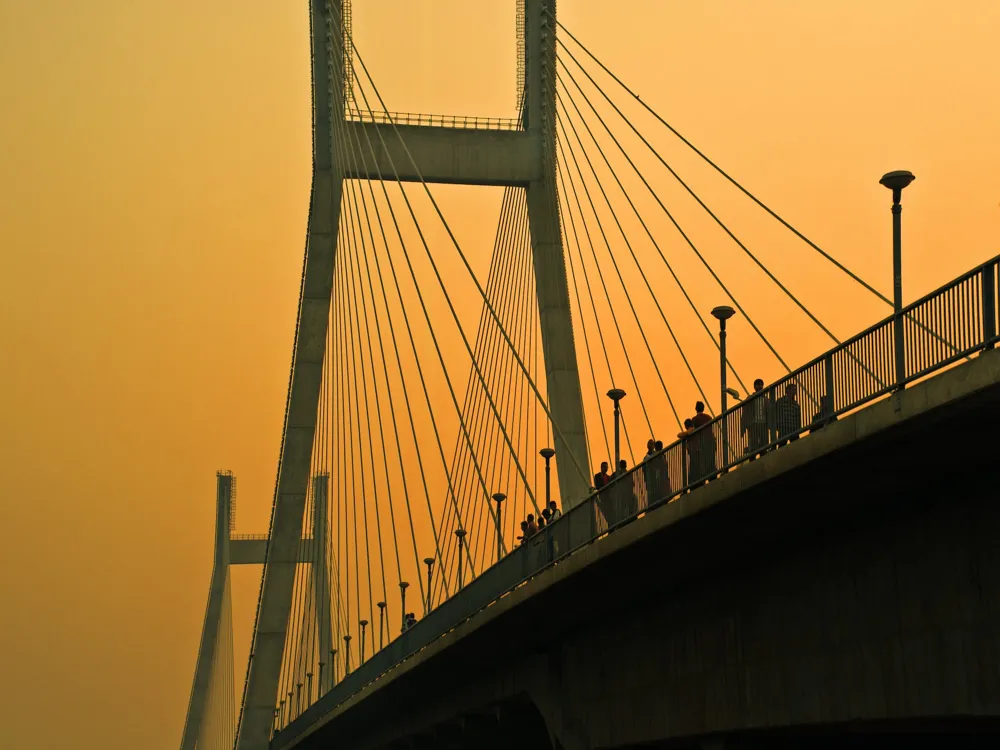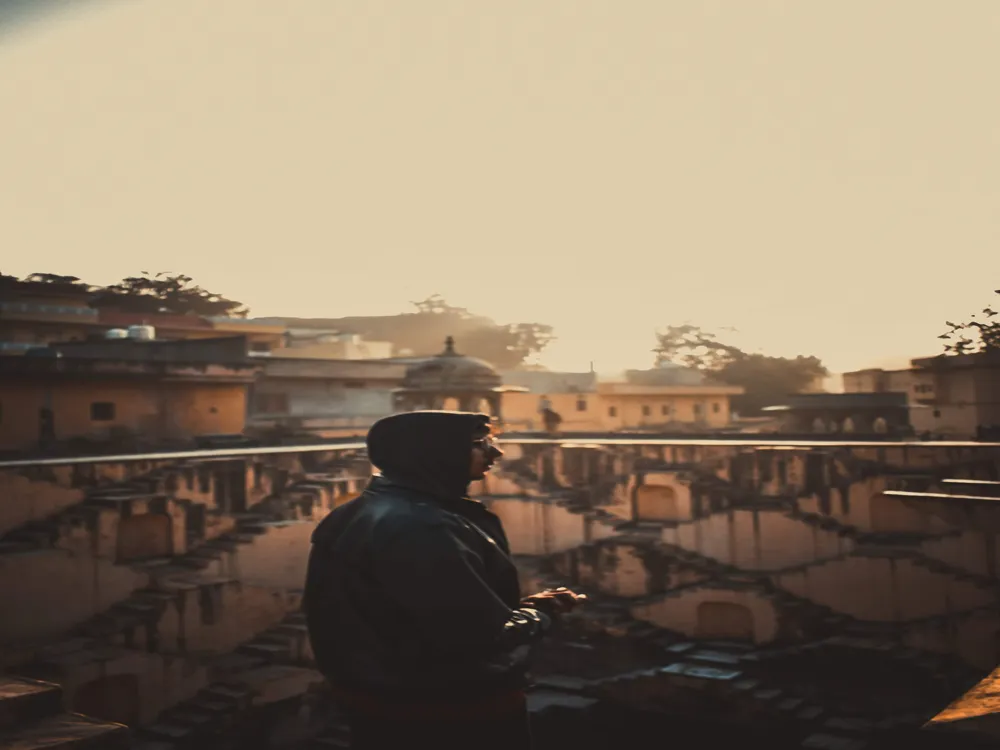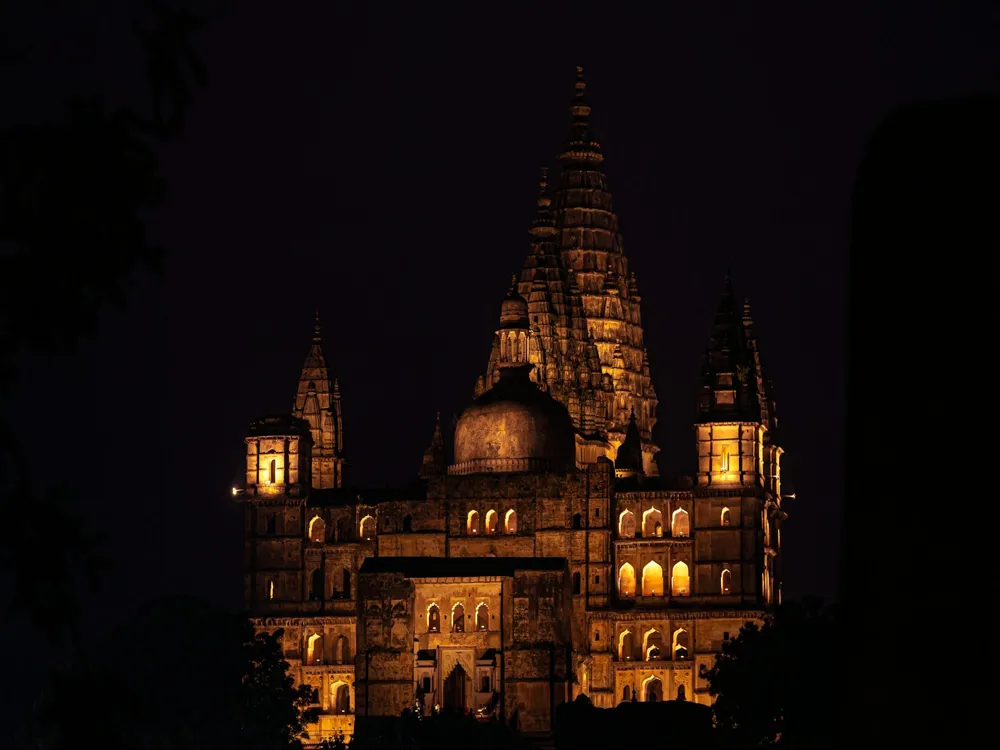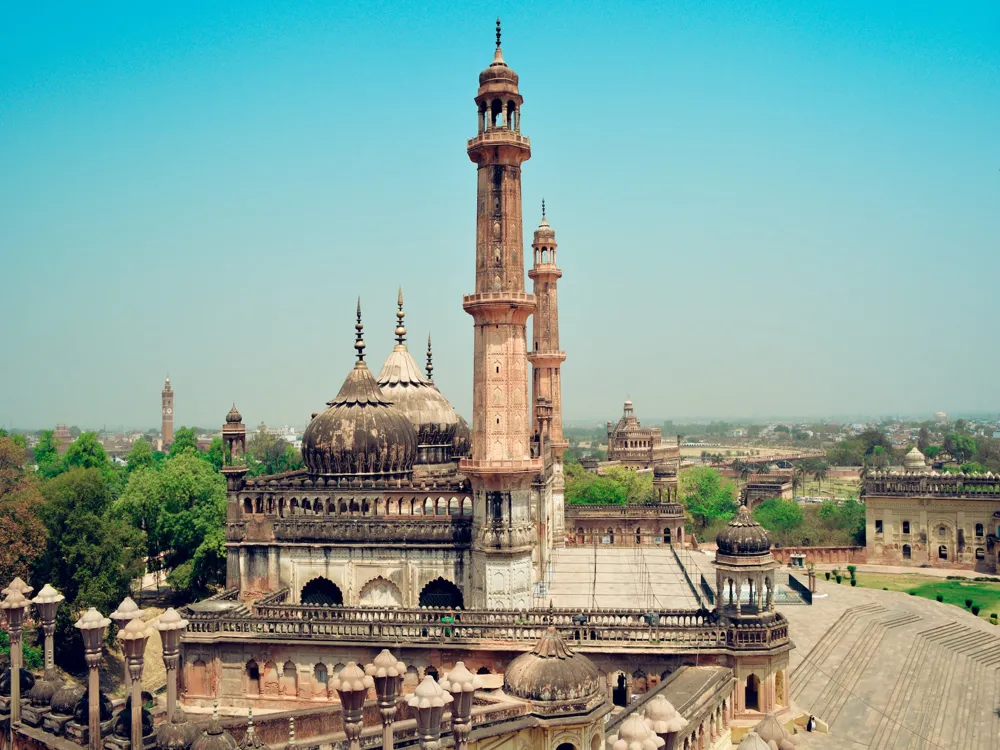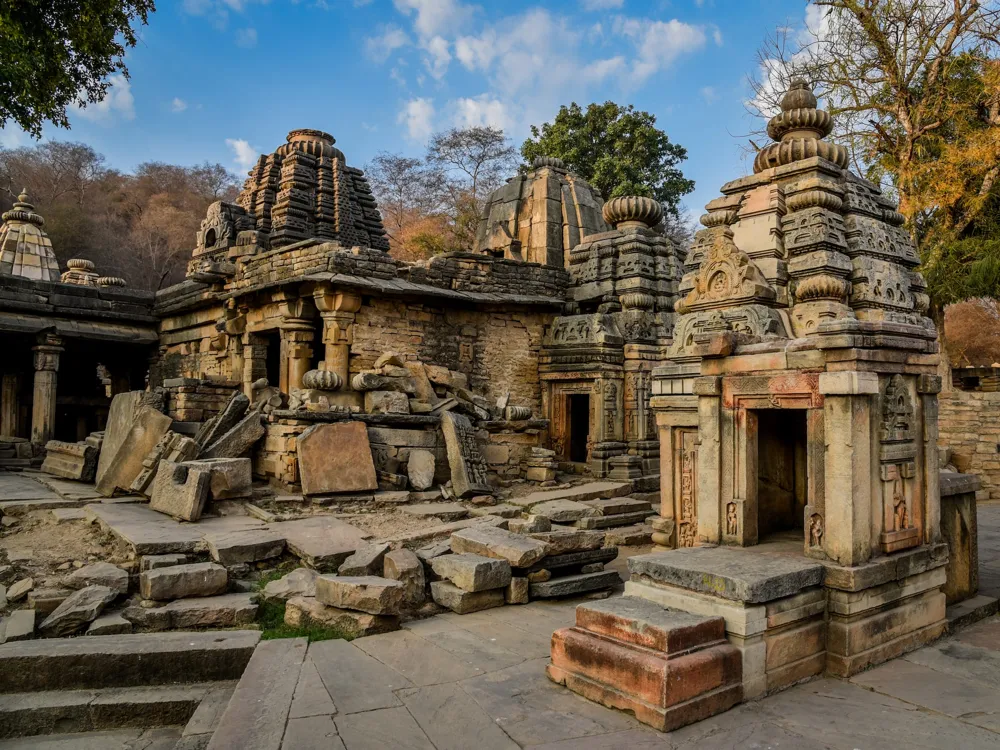Chitrakoot, a town of historical, religious, and cultural significance, lies in the northern state of Uttar Pradesh, India. Nestled in the Vindhya Range, Chitrakoot holds a special place in the heart of India due to its rich tapestry of mythology, spirituality, and natural beauty. Revered in Hindu mythology, it is said to be the place where Lord Rama, along with his wife Sita and brother Lakshmana, spent eleven of their fourteen years of exile. This connection to the epic Ramayana bestows upon Chitrakoot a timeless spiritual allure. The town is a mosaic of hills, forests, and meandering rivers, painting a picture that seems straight out of a mythical narrative. The tranquility and sanctity of Chitrakoot make it a perfect retreat for spiritual seekers and nature lovers alike. Every corner of this town tells a story, every path leads to a temple or a hermitage with legends echoing the footsteps of gods and sages. Chitrakoot's significance in Indian culture cannot be overstated, being as pivotal as the stories that have been passed down through generations. The architectural landscape of Chitrakoot is as diverse as its history. The town is adorned with ancient temples, each narrating a different story through their distinct architectural styles. These structures are not just places of worship; they are embodiments of the rich cultural and historical heritage of India. The temples, primarily constructed in the Nagara style of architecture, are characterized by their towering spires, intricate carvings, and majestic presence. The most notable among them is the Kamadgiri Temple, believed to be the fulcrum around which the town itself has evolved. Beyond temples, the architecture of Chitrakoot reflects the simplicity and austerity of hermitages and ashrams that blend seamlessly into the natural surroundings. These structures, built with local materials, are in harmony with the landscape, often featuring open courtyards, simple domes, and minimalistic designs. The harmonious blend of nature and architecture in Chitrakoot offers a unique visual and spiritual experience, connecting visitors to the ancient traditions and tranquil ambience of this sacred town. The ideal time to visit Chitrakoot is from October to March when the weather is pleasant, making it perfect for exploring the town and its surroundings. The monsoon season brings out the lush greenery of the region, but it can also lead to challenging travel conditions. Chitrakoot is a revered spiritual center, and visitors are advised to dress modestly and behave respectfully, especially when visiting temples and religious sites. It's also a good opportunity to partake in the local traditions and rituals to truly understand the cultural significance of this town. While the main temples and attractions are must-visit spots, Chitrakoot's charm also lies in its lesser-known locales. Take time to explore the serene ghats, hidden caves, and tranquil forests that offer a more personal experience of the town's spiritual essence. Chitrakoot is well-connected and accessible by various modes of transportation. The nearest airport is in Prayagraj (Allahabad), about 130 kilometers away. From there, one can hire taxis or take buses to reach Chitrakoot. The town also has its own railway station, Chitrakoot Dham Karwi, which is well connected to major cities in India. For those preferring road travel, Chitrakoot is accessible via national and state highways from neighboring regions. The journey to Chitrakoot, irrespective of the mode of transport, is as scenic as the destination itself, with views of the verdant countryside and rolling hills.Overview of Chitrakoot, Uttar Pradesh
Architecture of Chitrakoot
Tips When Visiting Chitrakoot
Best Time to Visit
Respecting Local Customs
Exploring Beyond the Beaten Path
How To Reach Chitrakoot
Read More
Marpha
Chitrakoot
Uttar Pradesh
NaN onwards
View chitrakoot Packages
Chitrakoot Travel Packages
View All Packages For Chitrakoot
Top Hotel Collections for Chitrakoot

Private Pool

Luxury Hotels

5-Star Hotels

Pet Friendly
Top Hotels Near Chitrakoot
Other Top Ranking Places In Chitrakoot
View All Places To Visit In chitrakoot
View chitrakoot Packages
Chitrakoot Travel Packages
View All Packages For Chitrakoot
Top Hotel Collections for Chitrakoot

Private Pool

Luxury Hotels

5-Star Hotels

Pet Friendly







